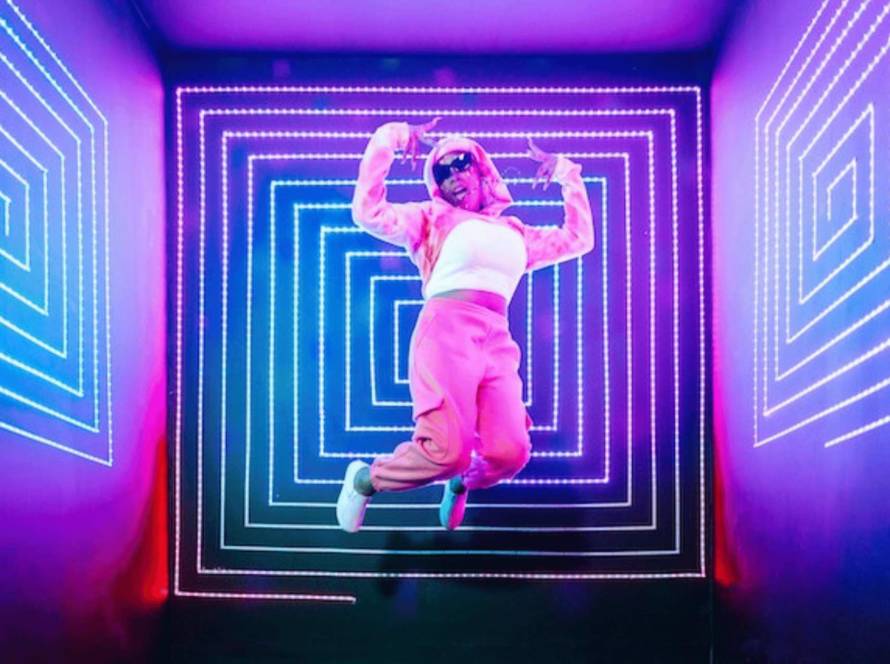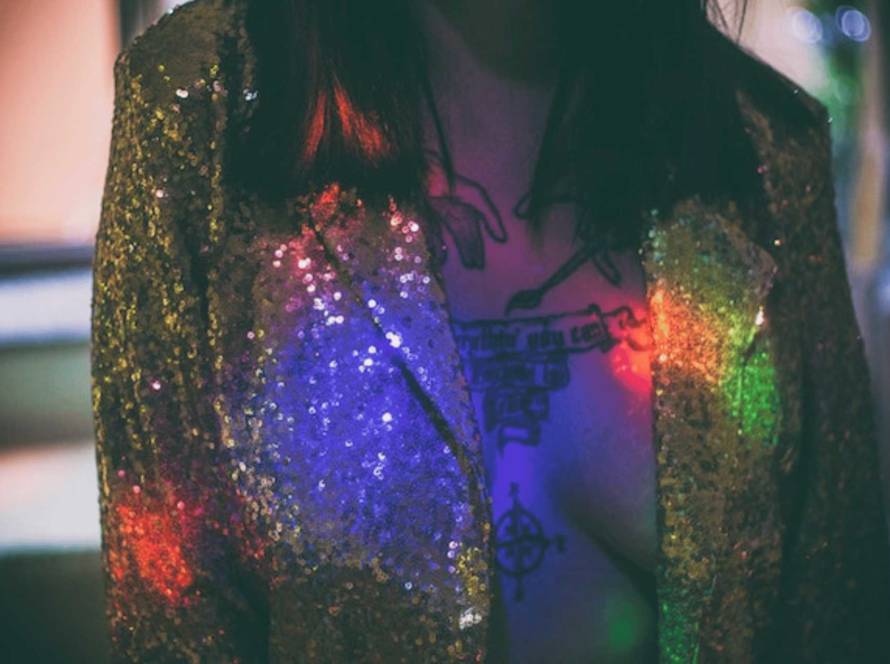What’s popping in the influencer space this week. The highlights, opportunities and challenges for influencers and content creators in the MOOTS platform roundup.
Snap Summary
📸 Instagram Introduces Close Friends for Feed Posts
🛍️ TikTok Launches TikTok Shop
🎨 TikTok Expands Creativity Program
▶️ YouTube Ad Updates
📌 Pinterest Uses AI to give visibility to more Body Types
💰 Influencer Marketing Spend Continues to Increase
Instagram Introduces Close Friends for Feed Posts
- Instagram has introduced “Close Friends” feature for feed posts.
- This feature allows users to choose their audience: Everyone or Close Friends.
- A Meta spokesperson confirmed the testing of this feature in select countries.
- The move seems in line with the trend of sharing content to smaller, intimate friend groups.
- This feature offers a strategic advantage for Meta’s ad-driven objectives.
Opportunities: This update offers influencers and content creators the chance to share more personalised content with a select audience, allowing for increased trust and deeper engagement with their closest followers. This could potentially lead to more meaningful collaborations and partnerships based on this segmented audience.
Challenges: The shift towards more private sharing might pose challenges for advertisers and marketers who wish to tap into these direct conversations. Content creators may face the problem of balancing public posts for wider reach versus private posts for deeper engagement, potentially affecting their monetisation strategies.
TikTok Launches TikTok Shop
- TikTok launches TikTok Shop in the US following the success of community-driven trends.
- The new feature introduces shoppable videos and LIVE streams on users’ “For You” feeds.
- Brands, merchants, and creators can now sell directly through TikTok’s shoppable content.
- Key offerings include In-Feed Video shopping, Product Showcase, a dedicated Shop Tab, an Affiliate Program, Shop Ads, and a “Fulfilled by TikTok” logistics solution.
- Secure checkout options and data protection are emphasised.
- TikTok Shop integrates with leading commerce platforms and services, ensuring versatility and ease for businesses.
Opportunities: TikTok Shop offers a fresh platform for influencers and content creators to monetise their content through direct sales and affiliate programs. The seamless integration with popular commerce platforms broadens opportunities for collaborations and promotions, and opportunity for a diverse revenue stream.
Challenges: Content creators might find a thin line between genuine content and overtly commercialised posts. With the emphasis on security and policy adherence, influencers must ensure that their promotional content doesn’t breach any of TikTok’s guidelines, which might require constant vigilance and adjustments.
TikTok Expands Creativity Program
- TikTok announces the expansion of its Creativity Program to financially incentivise top creators.
- Originally rolled out to U.S. creators in May, it’s now expanding to Brazil, France, Germany, Japan, Korea, and the U.K.
- The Creativity Program is an advancement of TikTok’s Creator Fund, offering additional monetisation for top TikTok users.
- It encourages the creation of longer, high-quality videos, with earnings based on qualified views.
- Creators can potentially earn 20 times more than what was previously offered by the Creator Fund.
- Entry requirements: a minimum of 10,000 followers and 100,000 video views in the preceding 30 days.
Opportunities: The expanded Creativity Program presents a lucrative opportunity for influencers and content creators to earn significantly more from their TikTok content. By encouraging longer, high-quality videos, TikTok is paving the way for creators to make more effort creating content for the platform, potentially attracting those who may have been considering platforms like YouTube for better revenue streams.
Challenges: While the program is lucrative, the entry requirements may be too high for emerging creators. TikTok still faces competition from platforms like YouTube, Facebook, and Instagram, which offer direct monetisation methods. Ensuring consistent content that meets the quality standards while also achieving the required views might put pressure on creators, possibly diluting the authenticity of their content.
YouTube Ad Updates
- YouTube is refining ad controls in YouTube Studio to streamline the process and boost creator earnings.
- In November, new uploads will have simplified ad controls, removing individual settings for pre-roll, post-roll, skippable, and non-skippable ads.
- Mid-roll ads remain fully under the control of creators. They can manually select ad breaks or turn on automatic ad breaks.
- Recent experiments showed creators who used non-skippable and pre-roll ads saw an average increase in YouTube ad revenue by 5% and over 15% respectively.
- Live streams get enhanced mid-roll controls, including optimised mid-roll frequency, self-selected mid-roll frequency, and new live display ads.
- Creators get a new option to combine automated and manual mid-roll ad breaks for long-form videos.
Opportunities: The enhanced ad controls set-up ways for creators to maximise their ad revenue without the complications of multiple settings. With live streaming becoming more common, the additional ad options offer creators more ways to earn money. By merging automated and manual ad breaks, YouTube is providing flexibility, potentially leading to a better viewer experience and higher revenue.
Challenges: The removal of individual ad controls will the ways creators can tailor their ad experiences. While the new settings might optimise revenue, it remains to be seen how audiences will respond to these changes in ad frequency and type. Also, understanding and adapting to the new controls might be challenging for some creators, particularly those new to monetisation.
Pinterest Uses AI to give visibility to more Body Types
- Pinterest is now using AI to scan its billions of images to promote a broader range of body types beyond typical searches like “plus size”.
- The move addresses a larger industry trend of boosting representation across various aspects such as skin tone, hair type, and now body type.
- The newly introduced body type technology specifically targets women’s fashion and wedding-related content, areas where Pinterest previously concentrated on skin tones and hair types.
- Collaboration on this initiative included Tess Holliday, the National Association to Advance Fat Acceptance, and Pinterest creators Natalie Craig, Kellie Brown, and Stefany Brito.
- Pinterest’s chief product officer, Sabrina Ellis, noted a 5x improvement in body type representation across women’s fashion-related searches in the U.S due to the new AI initiative.
Opportunities: The new initiative highlights Pinterest’s commitment to promoting genuine representation on its platform. It’s aimed to enhance user experience and strengthen the platform’s stance on body positivity and inclusiveness. Tech companies are progressively acknowledging the importance of representation, and Pinterest’s move sets a precedent in acknowledging the diversity of body types.
Challenges: Navigating the underrepresentation landscape on social media is a continual hurdle for influencers, especially those who belong to marginalised communities. While platforms like Pinterest are pioneering positive changes, influencers need to walk a delicate line to ensure their content doesn’t inadvertently contribute to bias or seem like an overcorrection. They must also remain vigilant against being used for tokenistic representation by platforms or brands seeking to project inclusivity without genuine commitment.
Influencer Marketing Spend Continues to Increase
- Insider Intelligence predicts that influencer marketing expenditures will surge, growing 3.5 times more rapidly than social advertising in 2023.
- Brands are revamping their strategies, tapping into the increasing appeal of popular social media platforms and influential creators.
- The evolution of social platforms is evident; they are transitioning to prioritise entertainment, solidifying their position as primary hubs for content viewing.
- This shift towards social media as entertainment platforms suggests a potential change in advertising dynamics, emphasising the creation of more narrative-centric ad content.
Opportunities: The projected growth in influencer marketing suggests an abundance of opportunities for influencers to grow their income and expand their reach. The transformation of social platforms into primary entertainment hubs can allow influencers to experiment with a wider variety of content forms, blending their personal narratives with entertainment-focused content. This shift also allows for more significant collaborations with brands and even possibilities for influencers to venture into content outside traditional brand partnerships, such as short films or series that merge both their personal brand and entertainment.
Challenges: This evolving landscape can present a few hurdles. Standing out in a saturated market will require continuous innovation in content delivery, ensuring narratives remain genuine and relatable. As narrative-centric ad content gains momentum, influencers will continue to face the ever-present need to balance between sponsored content and their organic narrative to maintain audience trust. The competition to partner with top-tier brands could become fiercer, pushing influencers to constantly up their game and stay ahead of trends, all while staying true to their unique voice and brand.

